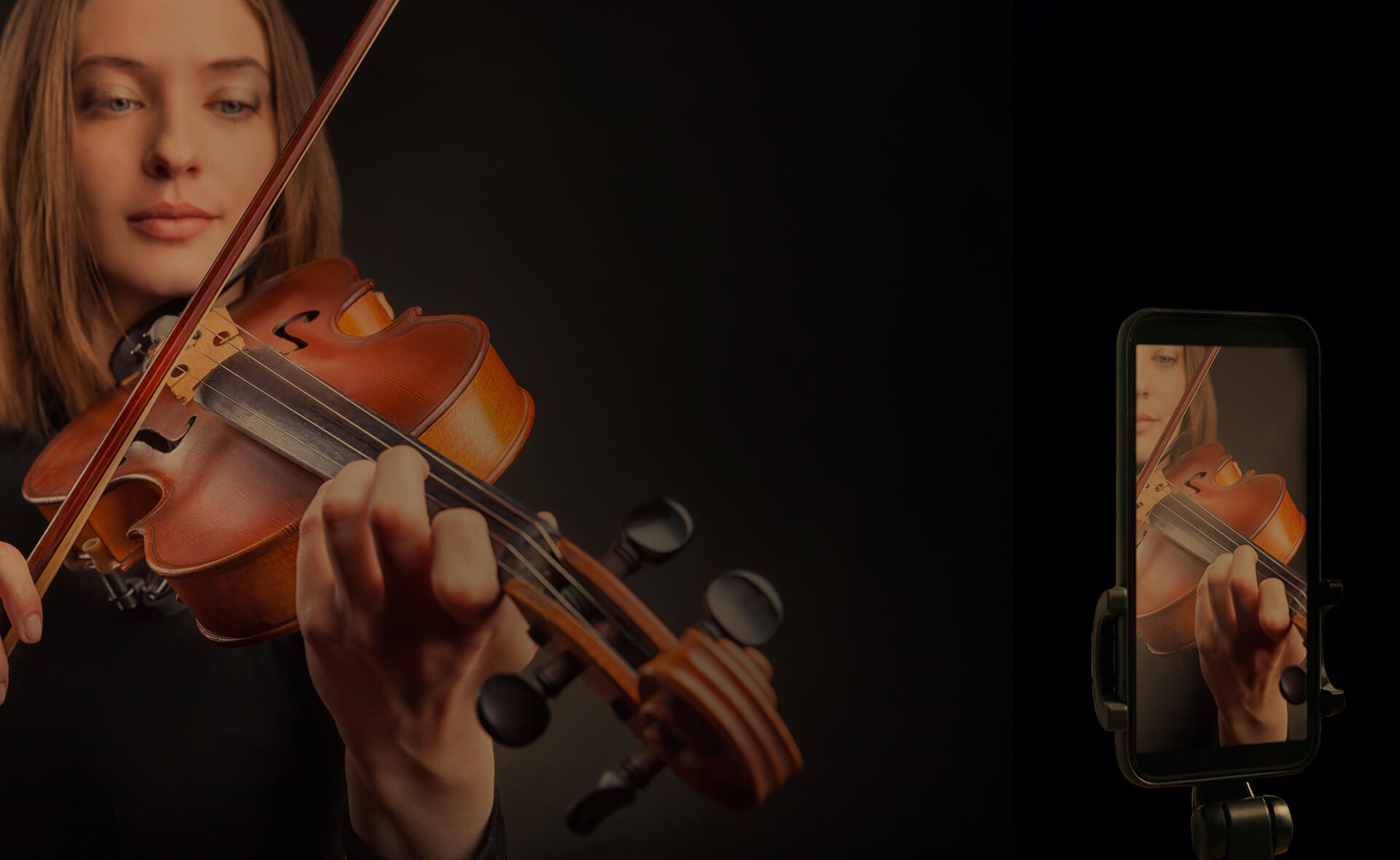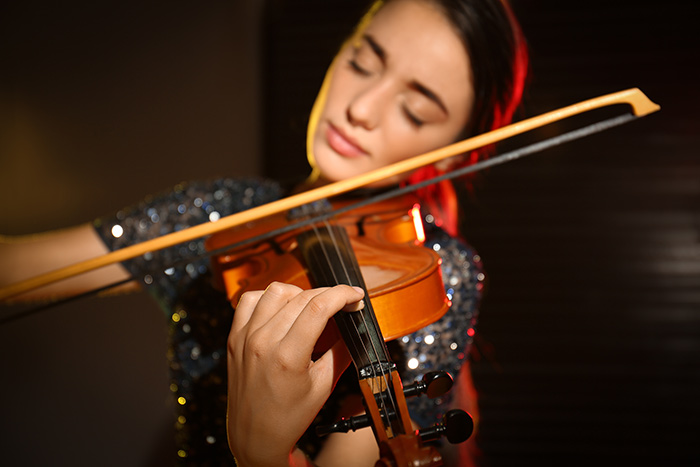The violin is one of the most beloved and important instruments in the world of music. With its rich, soaring sound, it has been an essential part of orchestras, chamber ensembles, and solo performances for centuries. But how did this iconic instrument come to be? In this article, we will explore the history and evolution of the violin, tracing its origins back to medieval Europe and charting its growth through the centuries.

Early Origins of the Violin
The bowed string instrument family, to which the violin belongs, has its origins in Asia. Archaeological evidence shows that bowed instruments were used in China as early as the 9th century, and similar instruments were used in other parts of Asia as well. However, it was not until the Middle Ages that the fiddle, a precursor to the violin, began to take shape in Europe.
The fiddle was a popular instrument in medieval Europe, played at weddings, fairs, and other social events. It had a simple, boxy shape, with a flat back and a rounded top, and was played with a bow made from horsehair. Over time, the fiddle began to take on a more elongated shape, with a more pronounced waist and a longer neck. The bow also evolved, becoming more curved and flexible.

Emergence of the Violin as a Distinct Instrument
By the 16th century, the fiddle had evolved into a new instrument: the violin. The violin had a distinct, hourglass shape, with a curved top and back, and a longer, more angled neck. It also had a new, more complex sound, thanks in part to improvements in the quality of the wood used to make it, as well as changes to the design of the bridge, the soundpost, and the strings.
The violin quickly became popular among musicians and composers, and by the 17th century, it had become an essential part of orchestras and chamber ensembles. The first professional violin makers emerged in Italy during this time, including the famous Amati family, whose instruments are still highly prized today.

Evolution of the Violin in the Baroque Era
The Baroque era, which lasted from the late 16th to the mid-18th century, was a time of great innovation and development for the violin. The design of the instrument continued to evolve, with makers experimenting with different shapes, sizes, and materials. The fingerboard was lengthened, allowing for greater range and flexibility, and the strings were tuned to a higher pitch.
The Baroque era also saw the emergence of virtuoso violinists, who pushed the limits of the instrument and inspired new techniques and approaches to playing. One of the most famous Baroque violinists was Antonio Vivaldi, whose virtuosic concertos for violin and orchestra are still beloved today. The violin also played a central role in Baroque opera, where it was used to express a wide range of emotions and moods.

The Classical Era and the Golden Age of the Violin
The Classical era, which lasted from the mid-18th to the early 19th century, saw further innovations in the design and playing of the violin. The instrument became more streamlined and elegant, with a flatter, more refined sound. New playing techniques were developed, including vibrato, double stops, and harmonics.
The Classical era also saw the rise of famous violin makers such as Stradivari and Guarneri, whose instruments are still considered among the finest ever made. These instruments had a warm, resonant sound, and were prized by virtuoso players and collectors alike.
Famous classical composers such as Mozart, Haydn, and Beethoven wrote many works for the violin during this era, including sonatas and concertos. These works showcased the virtuosity and expressive power of the instrument, and helped to establish the violin as one of the most important solo instruments in classical music.

The Romantic Era and Beyond
The Romantic era, which lasted from the early 19th to the early 20th century, was a time of great emotional intensity and expression in music. The violin played a key role in this era, with composers such as Brahms, Tchaikovsky, and Dvořák writing works that showcased the instrument’s range and versatility.
The Romantic era also saw the development of new accessories for the violin, such as the chin rest and the shoulder rest, which made it easier for players to hold and play the instrument for extended periods of time. Innovations in bow design and technique also emerged during this era, with the use of more flexible bows and new techniques for creating different types of sound and articulation.
New genres of music also emerged during this time, such as folk music, jazz, and rock. The violin was used in all of these genres, taking on new roles and styles to fit the changing musical landscape.

The Violin Today
Today, the violin remains an essential part of classical music, and is also used in a wide variety of other genres. Virtuoso players continue to push the boundaries of what is possible on the instrument, exploring new techniques and approaches to playing. Violin makers also continue to innovate, creating new instruments that combine traditional craftsmanship with modern materials and techniques.
Despite the many changes and innovations that have taken place over the centuries, the violin remains a beloved and essential instrument in the world of music. Its rich, soaring sound and expressive power continue to captivate audiences and inspire musicians around the world.
Conclusion
The history and evolution of the violin is a testament to the enduring power and importance of music in human culture. From its humble origins as a simple fiddle in medieval Europe, to its current status as one of the most beloved and important instruments in the world, the violin has undergone many changes and innovations over the centuries. But through it all, its fundamental essence has remained the same: a tool for human expression, a vehicle for emotion and beauty, and a symbol of the human spirit.
References
Bailey, J. (2018). The History of the Violin. Oxford University Press.
Fulton, R. (2016). The Violin: A Social History of the World’s Most Versatile Instrument. Norton & Company.
Lang, H. (2013). The History of the Violin, and Other Instruments Played on with the Bow from the Remotest Times to the Present. Cambridge University Press.
Saunders, D. (2017). The Oxford Handbook of the British Musical. Oxford University Press.
Stowell, R. (1990). Violin Technique and Performance Practice in the Late Eighteenth and Early Nineteenth Centuries. Cambridge University Press.
The Metropolitan Museum of Art. (n.d.). The Violin. Retrieved from https://www.metmuseum.org/toah/hd/viol/hd_viol.htm








